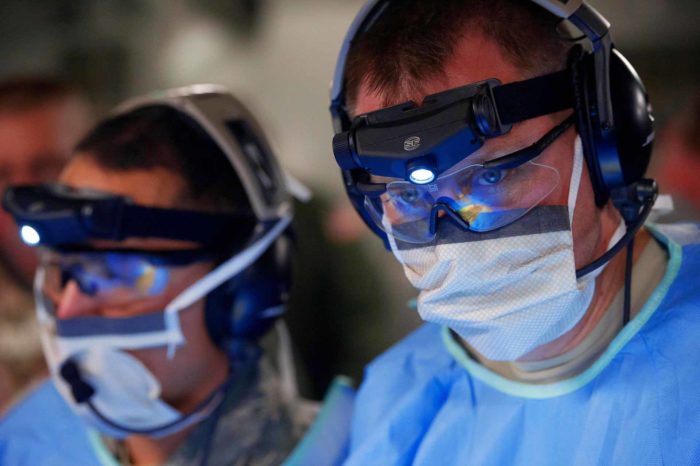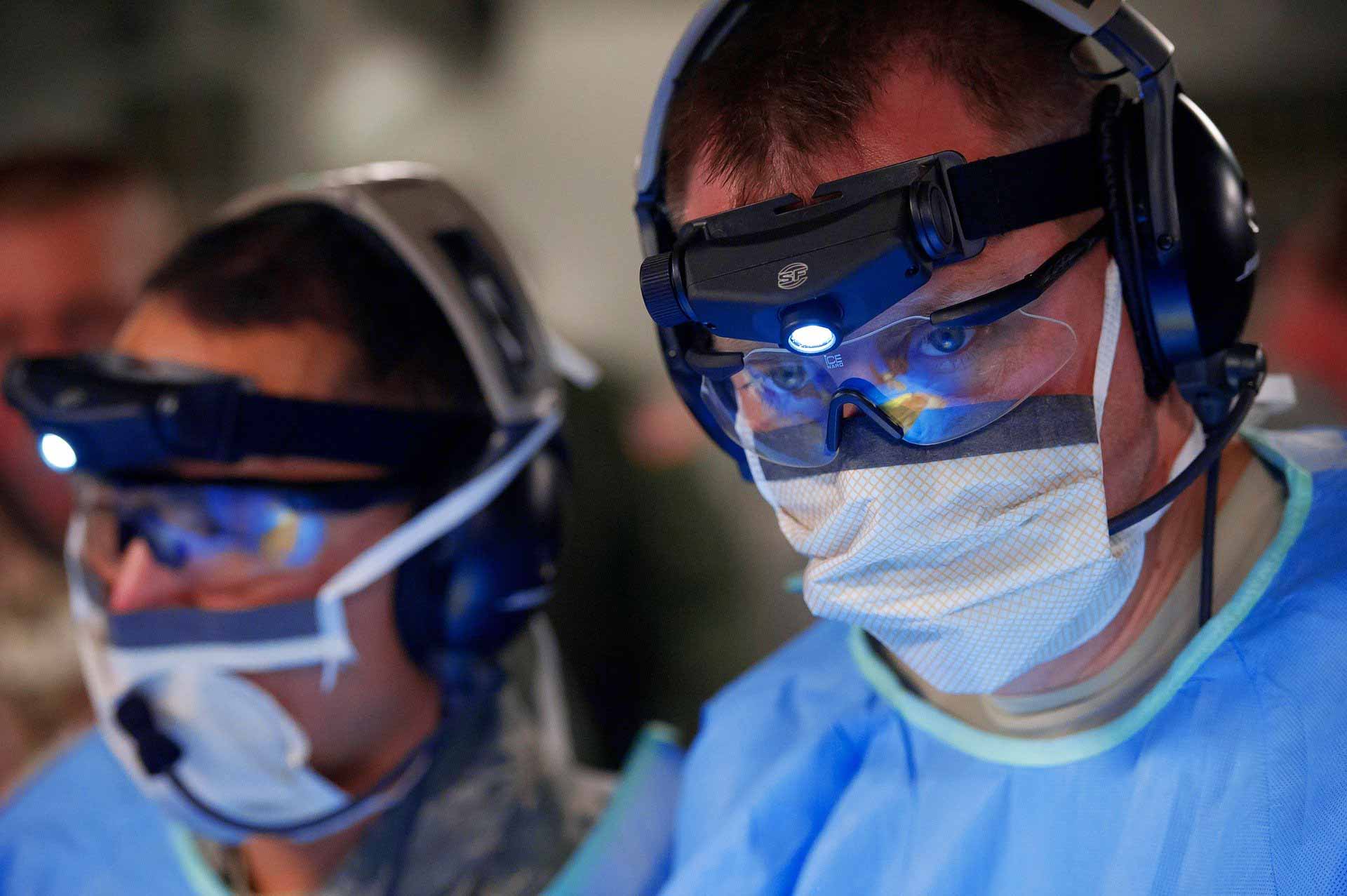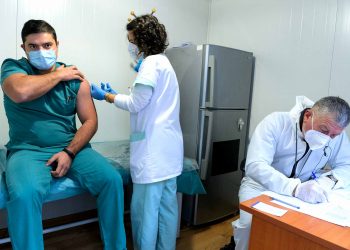The coronavirus outbreak that originated in Wuhan, China, has killed at least 81 people and infected more than 2,800. The virus can pass from person to person, and experts are rushing to study it and stop it from spreading further.
Due to the rapidly evolving situation regarding the outbreak of 2019 novel coronavirus (2019-nCoV) in Wuhan City, Hubei Province, China, today organized a meeting of EU Health Security Committee, following the information by European Centre for Disease Prevention and Control.
EU Health Security Committe
The EU Health Security Committee was set up in 2001 at the request of EU Health Ministers as an informal advisory group on health security at European level.
In USA Johns Hopkins has developed a novel coronavirus preparedness and response plan to help protect our patients and their families, students, visitors, staff members, and communities.
What we know about the coronavirus cases in the EU?
– Three cases reported in France
The first confirmed cases of 2019-nCoV in Europe are not unexpected. Their identification proves that detection and confirmation of this novel virus is working in France, showing a high level of preparedness to prevent and control further infections.
French health authorities have confirmed three cases of novel coronavirus (2019-nCoV) virus in France since 24 January 2020. The first confirmed cases in Europe are not unexpected given the developments of the last few days with several 2019-nCoV cases reported in countries outside of China.
The fact that these cases were identified, proves that detection and confirmation of this novel virus is working in France, showing a high level of preparedness to prevent and control possible infections of 2019-nCoV.
– Latest state of play – Latest updates
- The French authorities reported to the Commission and EWRS the first cases on its territory on 24 January
- The Commission stands ready to step up its efforts and support to Member States to ensure response coordination
- The Commission follows the evolving situation very closely and continues to coordinate any necessary response measures at EU level
- Commissioner Kyriakides discussed the situation of the coronavirus with the Director-General of the World Health Organisation on 23 January, as well as with the Health Ministers of Italy and France on 22 January
- The Commission convened a second meeting of the Health Security Committee on 22 January to discuss updates to the risk assessment and potential implications for the EU
- A third Health Security Committee meeting will be organized on 27 January in the afternoon

European Centre for Disease Prevention and Control
ECDC is working with the EU/EEA Member States to ensure that they are prepared to manage any imported cases. ECDC is monitoring this event through epidemic intelligence activities, and provides risk assessments to guide EU Member States and the EU Commission in their response activities.
At this stage, it is likely that there will be more imported cases in Europe. Even if there are still many things unknown about 2019-nCoV, European countries have the necessary capacities to prevent and control an outbreak as soon as cases are detected.
France prepares evacuation of its citizens from coronavirus-hit Wuhan, China.
A statement on the official webpage of the French consulate in Wuhan said that France was “considering … setting up a bus service allowing French citizens, their spouses and children to leave Wuhan”.
Most EU countries have plans and measures in place to contain this kind of infections and Europe has well-equipped laboratories that can confirm probable cases in addition to hospitals that are prepared to treat patients accordingly.
Novel coronavirus in China
Chinese authorities have identified a cluster of novel coronavirus 2019-nCoV infections in Wuhan City, China. Cases have now been detected in several countries in Asia, but also in Australia, Europe and North America. All the cases outside China had a recent travel history to China prior onset, except in Vietnam. The first cases in the EU/EEA were confirmed in France. Further global spread is likely.
The 2019-nCoV is a new strain of coronavirus that has not been previously identified in humans. Outbreaks of novel virus infections among people are always of public health concern, especially when there’s little knowledge about the characteristics of the virus, how it spreads between people, how severe are the resulting infections and how to treat them.
Human-to-human transmission has been confirmed but more information is needed to evaluate the full extent of this mode of transmission. The source of infection is unknown and could still be active. EU/EEA countries should ensure that timely and rigorous infection prevention and control measures (IPC) are applied around cases detected in the EU/EEA, in order to prevent further sustained spread in the community and healthcare settings.
Assuming that timely and rigorous IPC measures are applied around imported cases detected in the EU/EEA, the likelihood of further sustained spread in community settings is considered low.
All flights from Wuhan have been cancelled. The Chinese New Year celebrations at the end of January will increase travel volume to/from China and within China, hence increasing the likelihood of arrival of cases in the EU.
The outbreak investigations are ongoing and as this is an emerging, rapidly evolving situation, ECDC will provide updated information as it becomes available.
Coronavirus – questions and answers
What is a coronavirus? Where do they come from? How can I protect myself? Watch this Q&A from the World Health Organization for the answers.
China extended the Lunar New Year holiday to help contain an outbreak of the mysterious virus with cases confirmed around the world. Of the nearly 3,000 people who have so far contracted the disease, the vast majority live in China.
What is the coronavirus?
Coronaviruses (CoV) are a large family of viruses that cause illness ranging from the common cold to more severe diseases such as Middle East Respiratory Syndrome (MERS-CoV) and Severe Acute Respiratory Syndrome (SARS-CoV). A novel coronavirus (nCoV) is a new strain that has not been previously identified in humans.
Coronaviruses are zoonotic, meaning they are transmitted between animals and people. Detailed investigations found that SARS-CoV was transmitted from civet cats to humans and MERS-CoV from dromedary camels to humans. Several known coronaviruses are circulating in animals that have not yet infected humans.
Symptoms
Common signs of infection include respiratory symptoms, fever, cough, shortness of breath and breathing difficulties. In more severe cases, infection can cause pneumonia, severe acute respiratory syndrome, kidney failure and even death.
Standard recommendations to prevent infection spread include regular hand washing, covering mouth and nose when coughing and sneezing, thoroughly cooking meat and eggs. Avoid close contact with anyone showing symptoms of respiratory illness such as coughing and sneezing.
This online dashboard tracks the spread of the Wuhan coronavirus across the globe in real time.
LIVE – Coronavirus Dashboard
Johns Hopkins University has set up a live dashboard showing the spread of the virus.
The virus has spread to several countries and cities in addition to China and the U.S., including Hong Kong (eight cases), Taiwan (five), Australia (five), Macau (five), Singapore (four), Japan (four), South Korea (four), Malaysia (four), as well as France (three) Canada (two), Vietnam (two) and Nepal (one), the Times reported.

Due to the rapidly evolving situation regarding the outbreak of 2019 novel coronavirus (2019-nCoV) in Wuhan City, Hubei Province, China, Johns Hopkins has developed a novel coronavirus preparedness and response plan to help protect our patients and their families, students, visitors, staff members, and communities.
In short, the guidance urges all Johns Hopkins faculty, staff, and students who have traveled to Wuhan and who develop respiratory symptoms or a fever within 14 days of returning to the U.S. to contact the student or occupational health office for a telephone consultation before visiting a Johns Hopkins affiliated clinic or emergency department.
Transmission modes for this virus are not yet well understood, but there is some evidence of human-to-human transmission. To be cautious, we would like to speak with returning travelers who are symptomatic so we can appropriately arrange their safe evaluation and treatment while minimizing the risk of exposing other people to the virus. There is much more to learn about 2019-nCoV, including how it spreads and the severity of the associated illness—investigations are ongoing, and early recognition of novel coronavirus is critical to contain its spread.















